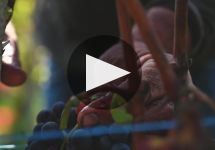G.D. Vajra Barolo Albe 2020
-
Robert
Parker -
Wine
Spectator -
James
Suckling -
Wine
Enthusiast -
Jeb
Dunnuck - Vinous
Top 100 of 2024




Product Details
Your Rating
Somm Note
Winemaker Notes
#9 Wine Spectator Top 100 of 2024
The 2020 Barolo Albe shows an expressive nose with aromas of fresh cherries, crushed stones and roses. The mouthfeel is bright and energetic, with generous mouthfeel and a youthful tannic structure enriched by notes of raspberry and orange zest. Long, textural finish.
Professional Ratings
-
Robert Parker's Wine Advocate
You can't beat this value. The G.D. Vajra 2020 Barolo Albe is buttoned up with fresh primary fruit, and the wine does not have that hint of over-ripeness that is found across this vintage. The fruit is dark and savory, and there is a big mineral component to match, but the bouquet is nicely redolent of dark currant, plum, granite and a raspy dry note that brings crushed shale to mind. The tannins are quite impactful, and they give this wine extra runway for moderate bottle aging.
-
Wine Spectator
This effusive red displays cherry, raspberry, rose, iron, juniper and hay flavors, underscored by vibrant acidity. Harmonious and supple in texture, with a long aftertaste of red fruit, mineral and floral elements.
-
James Suckling
This is a bright and lively Barolo showing sliced oranges, raspberries, crushed stones and rose petals on the nose. Medium-bodied, with sharp acidity and tight tannins. Lots of energy. Try from 2027.
-
Wine Enthusiast
The nose is a harmonious blend of red fruits, featuring warmed cherries macerated in sweet and savory spices of cinnamon and clove. Dried raspberries and red currant add depth, while a distinct dried leaf and floral component entices. Vibrant cherry, cranberry and strawberry stand tall on the palate, with thyme and bay leaf adding subtle herbaceous undertones that balance the flavors. Mouthwatering acidity keeps the wine lively, and approachable tannins allow you to enjoy this wine now and give you the tools to pair with a variety of cuisines.
-
Jeb Dunnuck
A ripe ruby hue, the 2020 Barolo Albe offers a beautiful bouquet of raspberries, fresh flowers, and delicate spice. Medium-bodied, it has a lot of elegance, with ripe and supple tannins and a bit of iron-rich earth. Drink 2024-2037.
-
Vinous
The 2020 Barolo Albe is light-bodied, elegant and gracious. Crushed flowers, sweet red berry fruit, spice, new leather and dried herbs are all nicely lifted. Bright acids and nervy tannins give the wine its shape and overall character. The Albe is meant to be an entry-level offering, but I find it often blossoms with a year or two in bottle.
Other Vintages
2021-
Robert
Parker -
James
Suckling - Vinous
-
Robert
Parker -
Wine
Enthusiast -
James
Suckling -
Jeb
Dunnuck -
Wine
Spectator
-
Wine
Enthusiast -
Robert
Parker -
Wine
Spectator -
James
Suckling - Decanter
-
Wine
Enthusiast -
Jeb
Dunnuck -
Robert
Parker -
James
Suckling -
Wine
Spectator -
Wine &
Spirits
-
Wine
Enthusiast -
Wine &
Spirits -
Wine
Spectator -
Robert
Parker -
James
Suckling
-
Robert
Parker -
Wine
Spectator -
Wine
Enthusiast -
Wine &
Spirits
-
Robert
Parker -
Wine &
Spirits -
Wine
Spectator
-
Wine
Spectator
-
Wine
Spectator -
Wine
Enthusiast
-
Wine
Spectator -
Wine
Enthusiast
-
Wine
Enthusiast -
Wine
Spectator - Decanter
-
Wine
Spectator
-
Wine
Spectator -
Robert
Parker
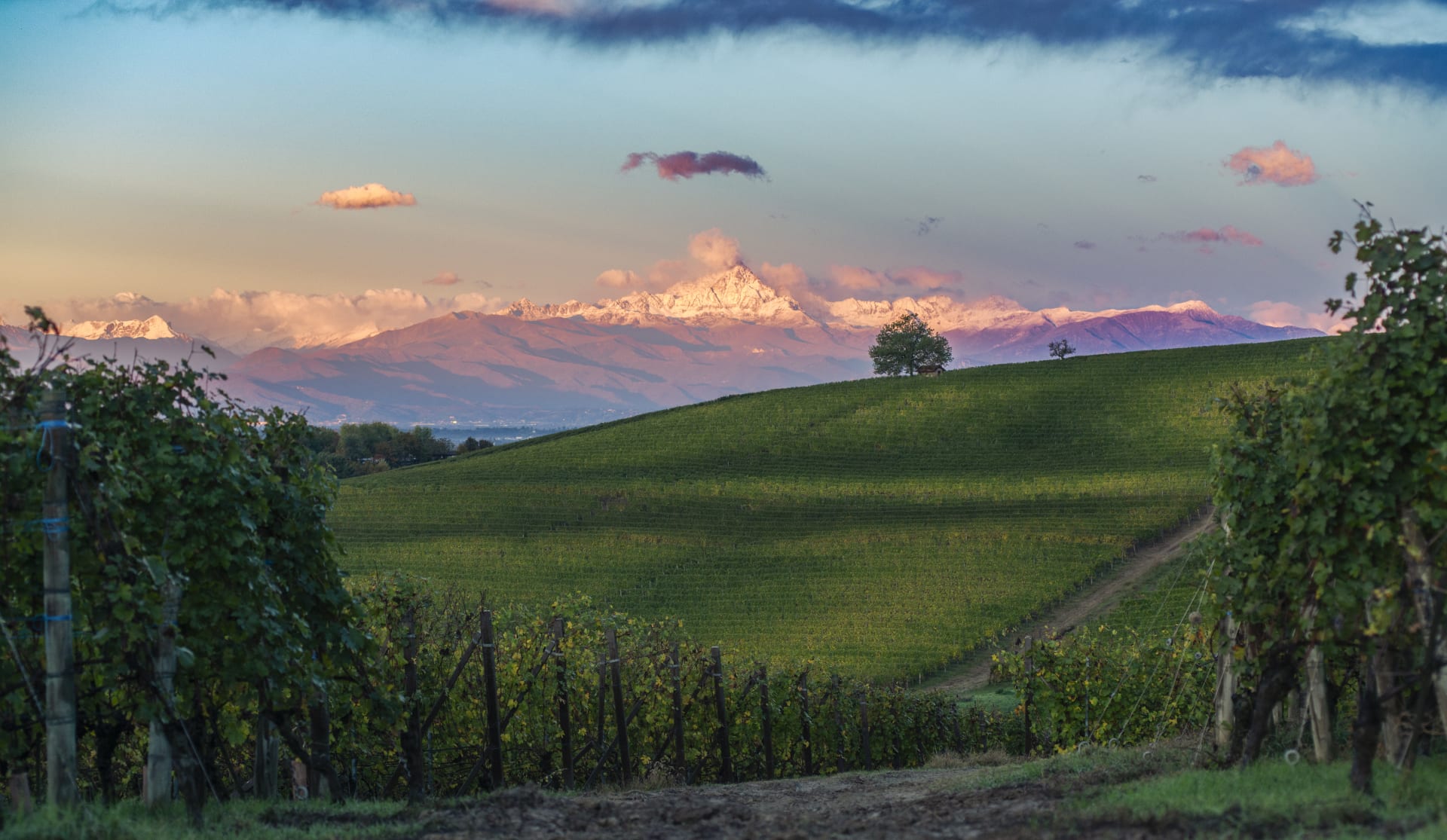
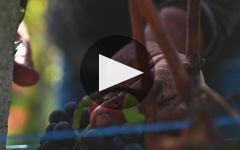
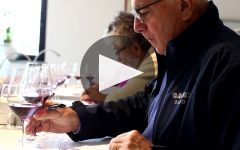
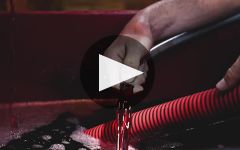
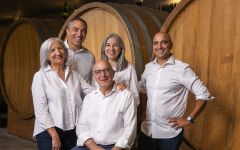
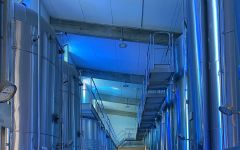
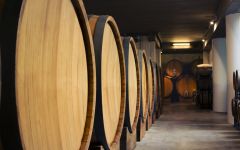

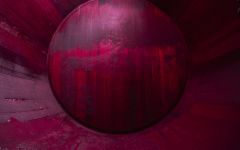
The Vajra family has farmed Bricco delle Viole, the highest cru in Comune di Barolo, since the 1880s. At the young age of fifteen, Aldo Vajra embraced the dream to revive his family legacy. Displaying a vision and commitment belying his young age he took over the estate in 1968, turning a new page.
Aldo soon acquired the first organic certification of the region (1971), created private biotype selections (selezioni massali) of Nebbiolo and Dolcetto, pioneered the renaissance of Freisa, a noble yet forgotten local grape (1980) and the cultivation of Rhine Riesling in Piemonte (1985).
Today, the Vajra family continues the vineyard research focusing on the influence of soil and climate change. The winery is trail-blazing the rediscovery of Chiaretto di Nebbiolo and the wines of the 17th century – long before Barolo was created - through two limited-production wines: "N.S. della Neve" (a champagne-method rosé brut) and "Claré J.C.", a partial whole-cluster fermentation of pure Nebbiolo.
High elevation vineyards are a unique factor to the Vajra wines, for their ability to express finesse and remarkable complexity over power.
Attention to details and humility towards the nature, uncompromised efforts and humanity: so are Aldo and Milena, now joined by their energetic children Giuseppe, Francesca and Isidoro, and by an amazing team of young professionals, in their quest for an authentic expression of their land into the wines. G.D. Vajra is an independent winery, entirely family-owned.
The winery quality focus grows during the years, SNQPI (2016) and Equalitas (2022) joined their certifications pack, the research on the flora and fauna, the improvement of biodiversity and the preservation of the old vines are a part of their everyday life and the future goal. G.D. Vajra is an independent winery, entirely family-owned.

Responsible for some of the most elegant and age-worthy wines in the world, Nebbiolo, named for the ubiquitous autumnal fog (called nebbia in Italian), is the star variety of northern Italy’s Piedmont region. Grown throughout the area, as well as in the neighboring Valle d’Aosta and Valtellina, it reaches its highest potential in the Piedmontese villages of Barolo, Barbaresco and Roero. Outside of Italy, growers are still very much in the experimentation stage but some success has been achieved in parts of California. Somm Secret—If you’re new to Nebbiolo, start with a charming, wallet-friendly, early-drinking Langhe Nebbiolo or Nebbiolo d'Alba.

The center of the production of the world’s most exclusive and age-worthy red wines made from Nebbiolo, the Barolo wine region includes five core townships: La Morra, Monforte d’Alba, Serralunga d’Alba, Castiglione Falletto and the Barolo village itself, as well as a few outlying villages. The landscape of Barolo, characterized by prominent and castle-topped hills, is full of history and romance centered on the Nebbiolo grape. Its wines, with the signature “tar and roses” aromas, have a deceptively light garnet color but full presence on the palate and plenty of tannins and acidity. In a well-made Barolo wine, one can expect to find complexity and good evolution with notes of, for example, strawberry, cherry, plum, leather, truffle, anise, fresh and dried herbs, tobacco and violets.
There are two predominant soil types here, which distinguish Barolo from the lesser surrounding areas. Compact and fertile Tortonian sandy marls define the vineyards farthest west and at higher elevations. Typically the Barolo wines coming from this side, from La Morra and Barolo, can be approachable relatively early on in their evolution and represent the “feminine” side of Barolo, often closer in style to Barbaresco with elegant perfume and fresh fruit.
On the eastern side of the Barolo wine region, Helvetian soils of compressed sandstone and chalks are less fertile, producing wines with intense body, power and structured tannins. This more “masculine” style comes from Monforte d’Alba and Serralunga d’Alba. The township of Castiglione Falletto covers a spine with both soil types.
The best Barolo wines need 10-15 years before they are ready to drink, and can further age for several decades.
